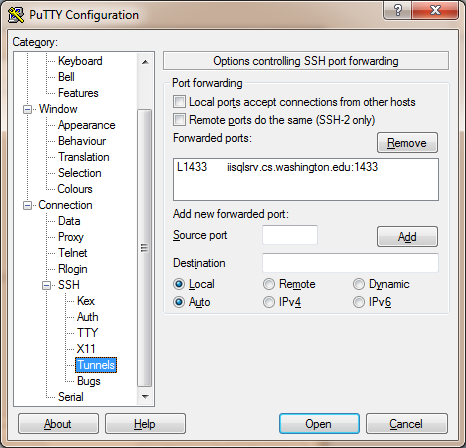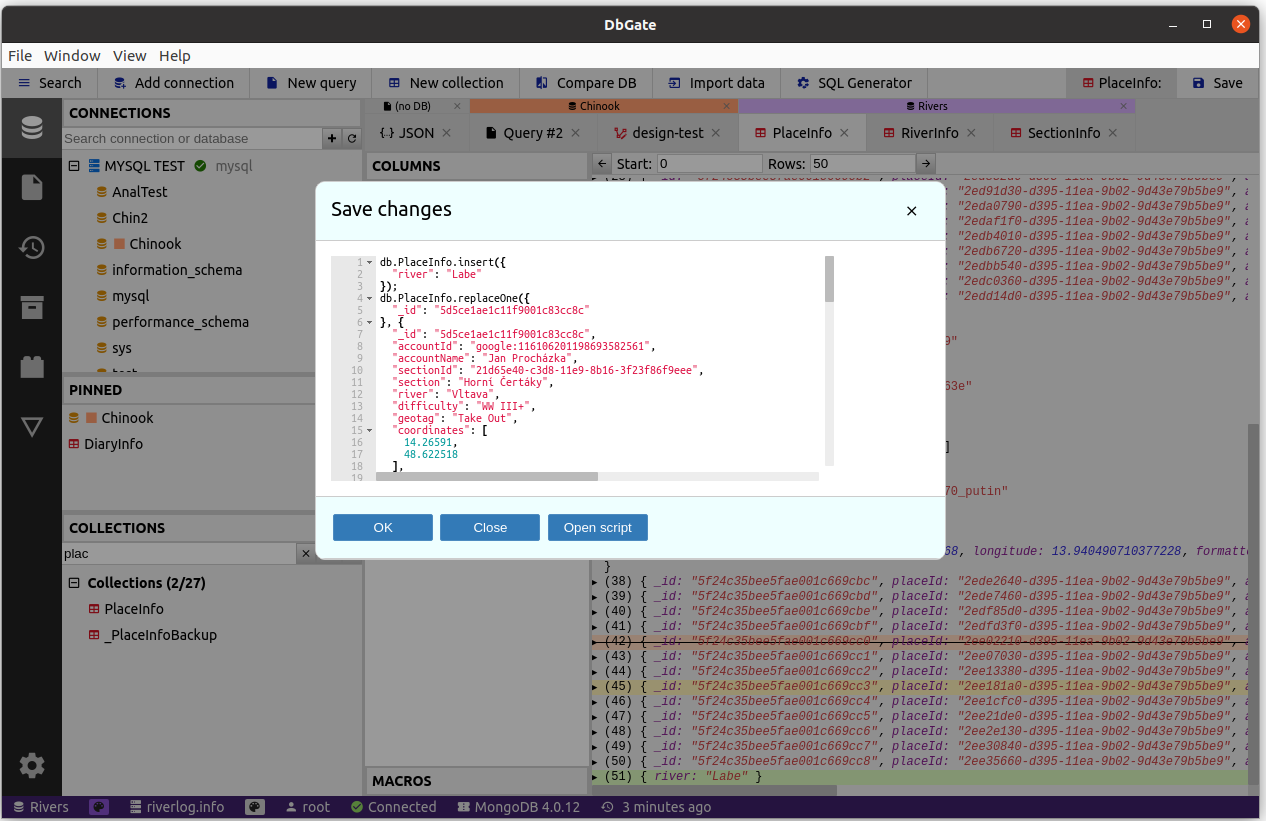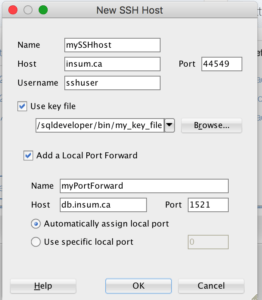
- #Using ssh and sql on mac install#
- #Using ssh and sql on mac full#
- #Using ssh and sql on mac password#
- #Using ssh and sql on mac download#
#Using ssh and sql on mac install#
#Using ssh and sql on mac download#

memory-limit ¶īytes of memory that the worker can use. local-directory ¶ĭirectory to use on all cluster nodes to place workers files. log-directory ¶ĭirectory to use on all cluster nodes for the output of dask-scheduler and dask-worker commands. nohost ¶ĭo not pass the hostname to the worker. Private key file to use for SSH connections. Username to use when establishing SSH connections. Textfile with hostnames/IP addresses -ssh-username ¶ Defaults to number of cores divided by the number of processes per host. remote_python str or list of str, optional The python class to use to create the worker(s). If a list it must have the same length as hosts.
#Using ssh and sql on mac full#
See docs for nnect() andĪsyncssh.SSHClientConnectionOptions for full information.
#Using ssh and sql on mac password#
This could include things such as port, username, password connect_options dict or list of dict, optional

The first will be used for the scheduler and the rest for workers. List of hostnames or addresses on which to launch our cluster. More information on these see the documentation for the asyncssh Keyword, which passes values to the nnect function.

You may configure your use of SSH itself using the connect_options

See theĭ and classes forĭetails on the available options, but the defaults should work in most Scheduler_options and worker_options dictionary keywords. You may configure the scheduler and workers by passing Repeat the first hostname if you want to have the scheduler and worker The first address will be usedįor the scheduler while the rest will be used for the workers (feel free to Set of machine addresses that you provide. The SSHCluster function deploys a Dask Scheduler and Workers for you on a SSHCluster ( hosts : list | None = None, connect_options : dict | list =, worker_module : str = 'deprecated', worker_class : str = 'distributed.Nanny', remote_python : str | list | None = None, ** kwargs ) ¶


 0 kommentar(er)
0 kommentar(er)
